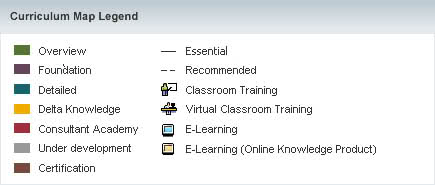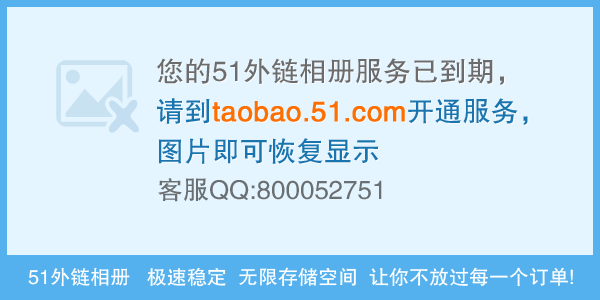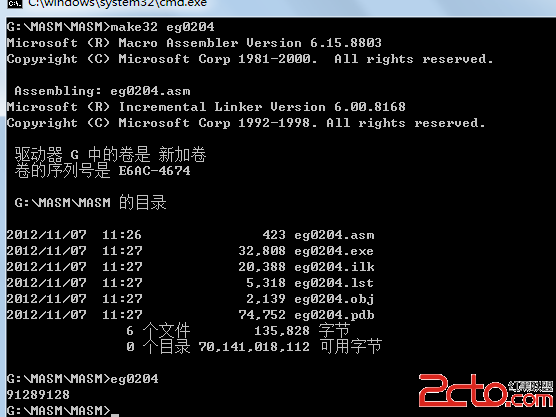Lotus Symphony 3.0 Vies to Eclipse OpenOffice.org as Microsoft Office Challenger
eWeek对Symphony v3的评价:http://www.eweek.com/c/a/Enterprise-Applications/Lotus-Symphony-30-Vies-to-Eclipse-OpenOfficeorg-as-Microsoft-Office-Challenger-263571/
Lotus Symphony 3.0 Vies to Eclipse OpenOffice.org as Microsoft Office Challenger
When, in 2008, IBM resurrected its Lotus Symphony brand name for a new productivity suite based on OpenOfffice.org, the resulting product was at once forward-looking and stuck in the past. The suite's Eclipse-based inte易做图ce lent Symphony a new look and a path toward greater extensibility, but the company's choice of OpenOffice.org 1.1.4 (as opposed to the then-current 3.0) as the backbone for the new product meant that Symphony users would have to do without enhancements added to OpenOffice.org in the interim.
Last week, with the release of Lotus Symphony 3.0, IBM harmonized its office suite with the OpenOffice.org 3.0 code base, without doing away with Symphony-specific enhancements added in the interim. For instance, the overhauled inte易做图ce to the suite's DataPilot tool (易做图ogous to Microsoft Excel's PivotTable) that debuted in last year's Symphony 1.3 is back in version 3.0, as is the format-stripping paste option from OpenOffice.org that I'd missed when I first reviewed the IBM suite. What's more, Lotus Symphony 3.0 offers improved interoperability both with Microsoft Office, in the form. of modest VBA (Visual Basic for Applications) macro support in spreadsheets, and with OpenOffice.org, in the form. of support for that suite's OpenDocument Format version 1.2.
For a Look at Lotus Symphony in Action, Check Out Our Slide Gallery.
Now that Symphony and OpenOffice.org are on a more equal footing, it's less clear which of the two suites has the best claim to the title of chief Microsoft Office rival. Symphony's Eclipse-based inte易做图ce appears to offer better opportunities for extensibility—a quality that could give IBM's product the edge. But given that this suite is now more than two years old and Eclipse has proven itself an extremely fertile development platform, I'm disappointed that more add-ons aren't available for it. With that said, I like the way that Symphony's extensibility story extends beyond add-ons specific to the suite to allow for integrating RSS feeds, Web pages and individual Web forms into the application's sidebar.
For organizations interested in keeping their office suite options open, Lotus Symphony 3.0 is well worth evaluating alongside OpenOffice.org. Like OpenOffice.org, Symphony is available for free download, and supports Windows, Mac OS X and Linux systems. In addition, Symphony should fit particularly well at Lotus Notes and Domino shops, considering that Notes ships with Symphony integrated within it. For now, Notes ships with version 1.3 of Symphony, but IBM will make available an application for updating Notes-integrated versions of Symphony to version 3.0.
Symphony 3.0 in the Lab
I tested Lotus Symphony 3.0 on my production notebook running the 32-bit version of Ubuntu 10.10. I worked with a handful of different documents (including this review), spreadsheets, and presentation files stored in OpenDocument, OfficeOpen XML, as well as in Microsoft's older binary Office formats, and, as I expected, the experience was rather similar to running OpenOffice.org.
The biggest difference between Symphony and OpenOffice.org is in the former application's tabbed inte易做图ce. By default, all documents, spreadsheets and presentations open in a single window with a tab bar running across the top. I could right-click on any of the tabs to open a document in a new window. Also by default, Symphony opens Web links in an embedded browser, although I change this setting to open links in my external browser instead.
Also, Symphony makes wider use of sidebars than does OpenOffice.org—in the application's word processor component. For instance, typical text formatting options live in a sidebar, as do tools for applying styles. In the spreadsheet component, elements such as Symphony's formula and DataPilot tools sit in sidebar panels, where it's easier to tweak settings and selected data elements.
Symphony's sidebars also house add-ons and widgets for the application. I downloaded 易做图 calculator and notepad add-ons, and I could add Google Gadgets—such as a Twitter or Google Tasks applet—to my sidebar. Symphony's sidebar can also display RSS feeds or arbitrary Web pages and forms. I set about creating a widget for a 易做图 Django-based workflow application I've been working on by submitting the URL for the application, creating an account in Symphony to store my logon credentials for the application, and highlighting the particular form. within my application I wished to use for the widget. From then on, I could access my Web application from within a Symphony session.
One Symphony add-on that's likely to come in handy for users looking to make the most of the application's new functionality to the VBA Scan Tool, an extension that examines Excel spreadsheets with embedded macros and reports on the VBA APIs in use and whether Symphony will support them. VBA macro support for Excel spreadsheets is a new feature in Symphony 3.0, but not all APIs are supported. I tried out a handful of Excel spreadsheets with these macros in Symphony and, in most cases, hit problems running the macros. I scaled back my ambitions and wrote a basic “hello world” VBA macro, which did work. I suggest running your own macro-bearing spreadsheets through the scan tool—which only works on Windows—to see how well your organization's VBA macro code is supported.
Also on the file formats front, Lotus Symphony 3.0 now supports version 1.2 of the OpenDocument file format, the same version of the format to which OpenOffice.org defaults. This should mean better file format fidelity between Symphony and OpenOffice.org—something that users may take for granted, given both products' use of the ODF format and their common code base. The current version of the ODF standard is 1.1, and this is the version of ODF that Microsoft and Google support in their applications. But ODF 1.2, which differs from 1.1 primarily in its level of specificity around spreadsheet formula handling, is expected to be ratified in early 2011.
本文来自CSDN博客,转载请标明出处:http://blog.csdn.net/EmmaLuo/archive/2010/12/08/6062871.aspx
补充:企业软件 , Lotus




